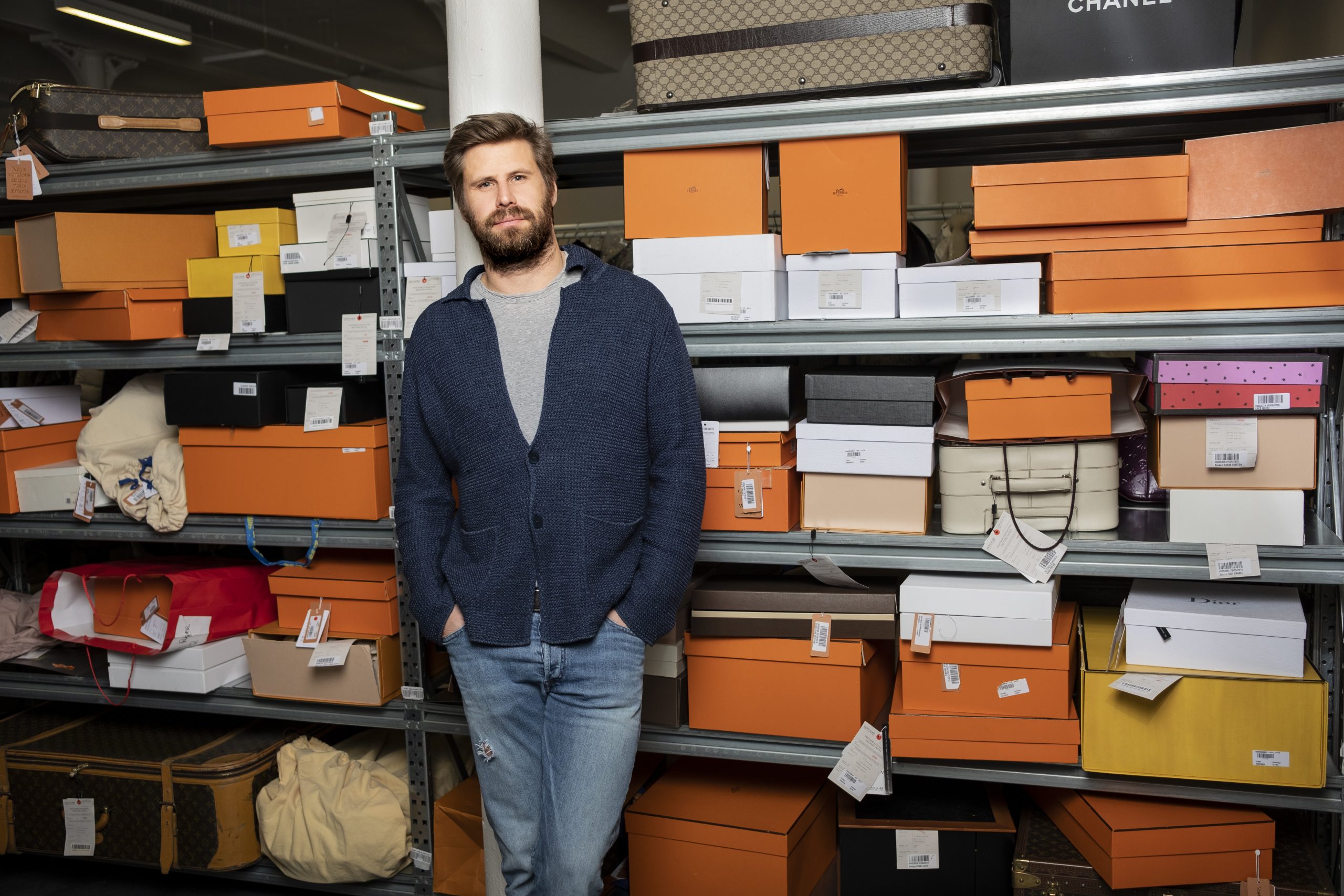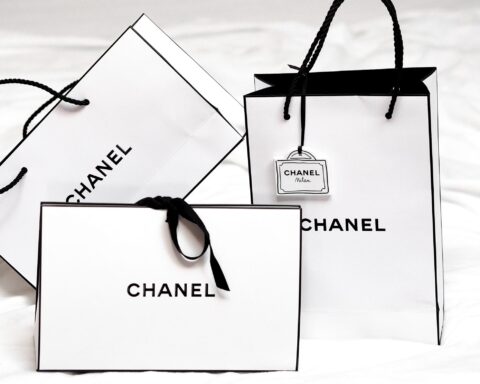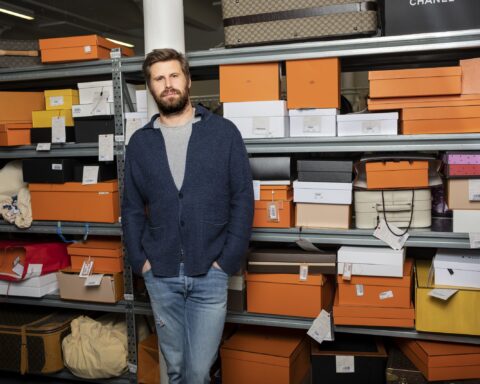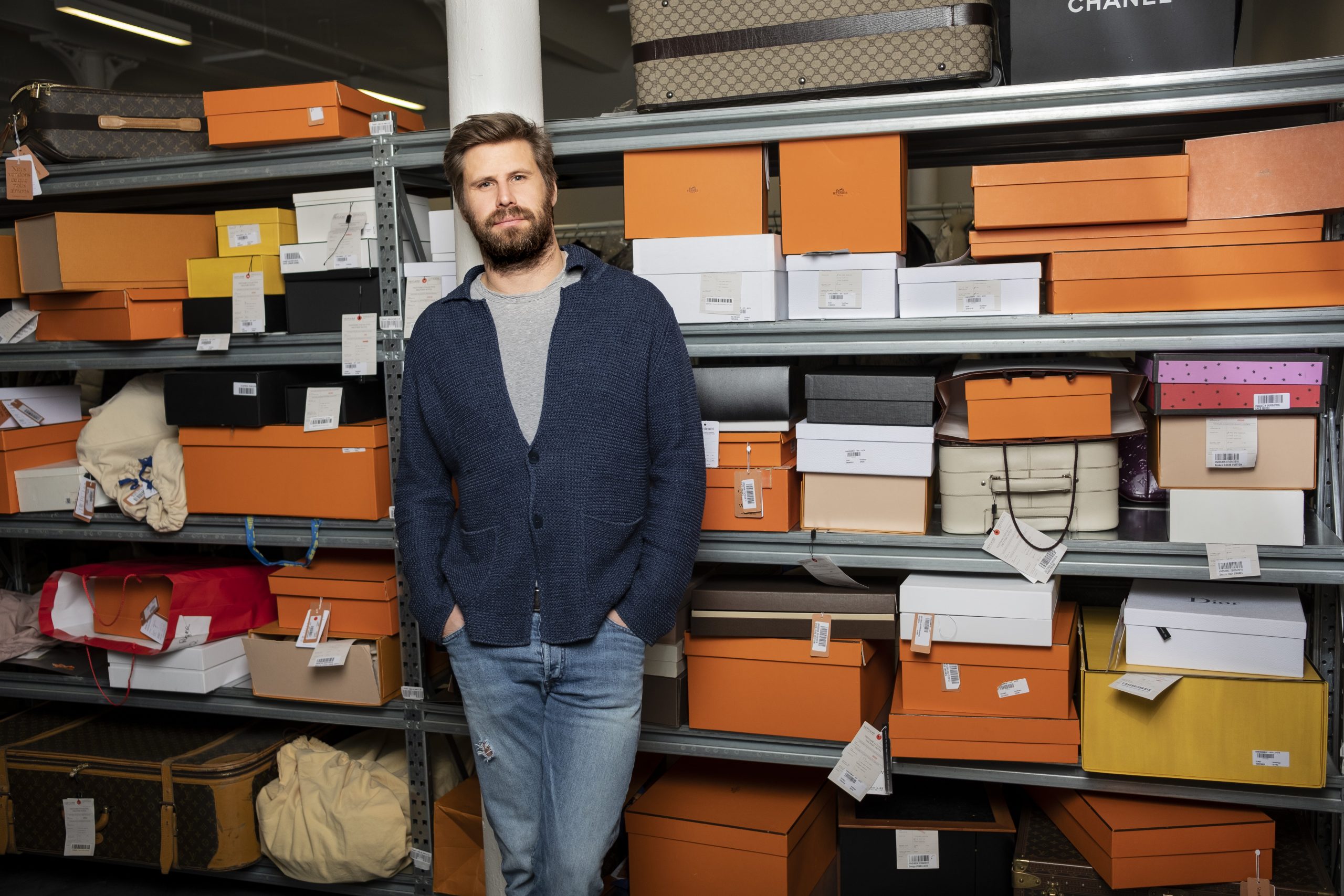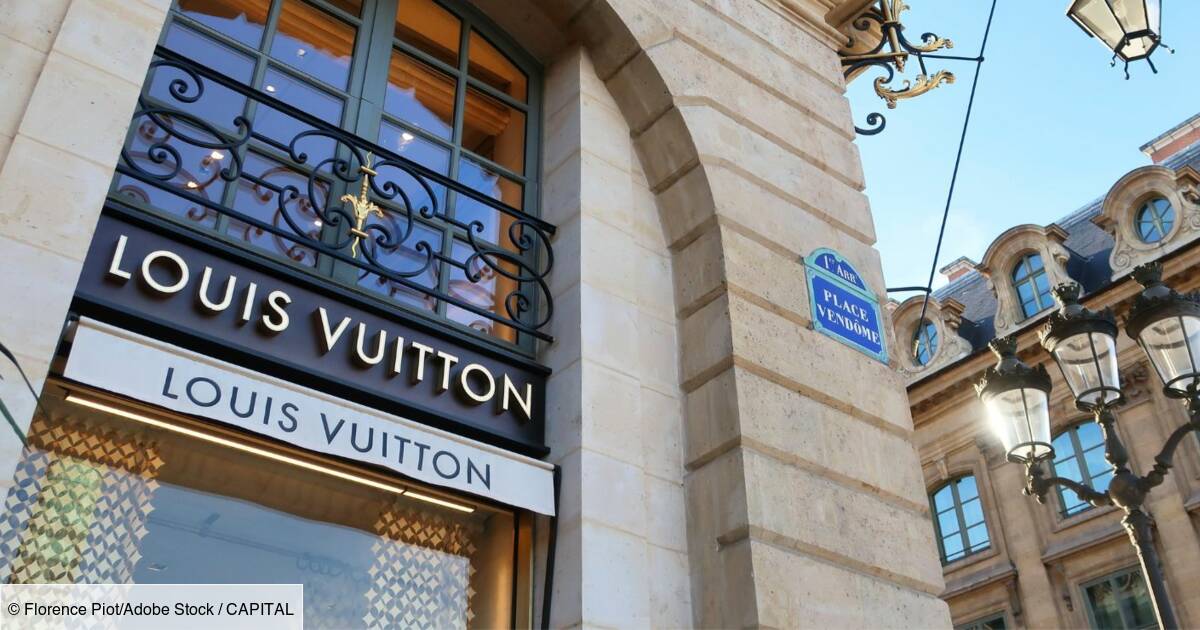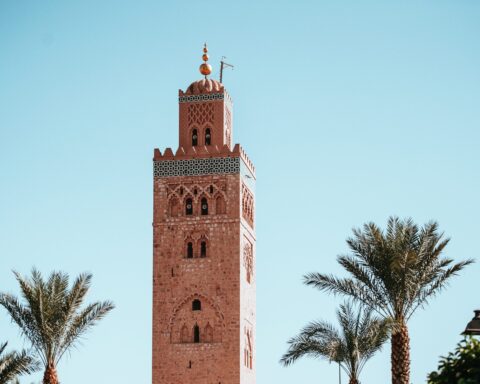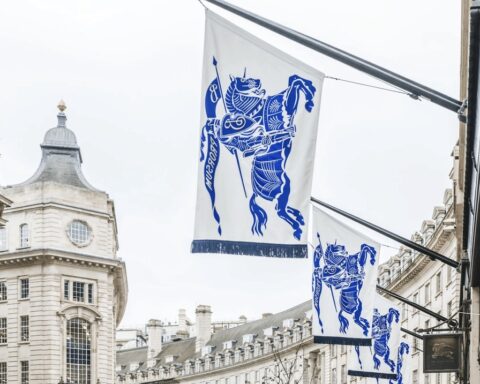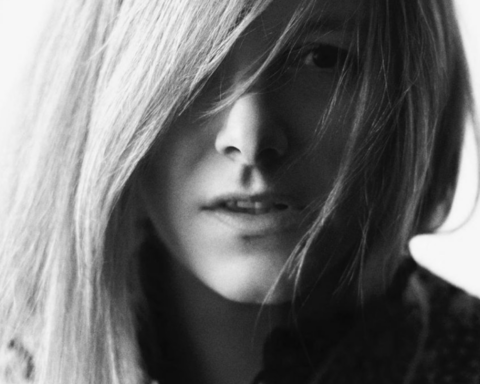With the growing awareness of inappropriate over-consumption and consumer interest in products with low environmental impact, the vintage and Do It by Yourself trends have become widely popular. Combined, these two concepts have given rise to a new fashion phenomenon called “upcycling”, which involves giving new life to pre-existing products by transforming them into another product.
The upcycling of high-end products has become attractive because it makes luxury accessible to all pocketbooks. Numerous upcycling designers have seized on the trend, offering their creations via social networks, made from vintage luxury products by Chanel, Hermès, Yves Saint-Laurent, Dior or Louis Vuitton.
At a time when the fashion industry is tending to reinvent itself, it is necessary to balance the interests of each party, between the industrial property rights of the rightful owner and the freedom of commerce and industry of the designers.
Corinne Thiérache, a member of the Paris Bar since 1994, is a partner at Alerion, where she is in charge of the Technology and Digital Law / Intellectual Property departments.
For rights holders, upcycling is an infringement of the brand’s reputation.
Article L.713-3 of the French Intellectual Property Code grants a reputed trademark special protection that benefits trademarks that are particularly well known to the general public.
This prohibits the use of a sign identical or similar to the reputed trademark, used for goods or services identical, similar or dissimilar to those for which the reputed trademark is registered. In the case of upcycling, the sign is identical, since the whole point of upcycling is to use the luxury trademark in the context of his creations.
Moreover, the rightful claimants will have to prove actual infringement:
So-called “dilution” damage occurs when the trademark’s ability to identify the products for which it is registered is weakened. It is unlikely that the rightful claimants will be able to prove this, as the damage results from the use of the trademark for different products, which is not the case in the majority of luxury upcycling cases, where the signs are used for products that are often added – if not identical, at least similar.
The so-called “tarnishment” damage occurs when the products for which the identical sign is used can be “perceived by the target public in such a way as to diminish the attractiveness of the trademark”. In the case of upcyclers who use luxury details to create jewelry or ready-to-wear garments, the rightful owners can rely on the poor quality of the upcycled creations to prove that their trademark has been tarnished.
The prejudice of “parasitism” relates to the benefit derived by the third party from the use of the sign. In the luxury upcycling sector, upcyclers derive an advantage from the use of reputed trademarks, since customers are attracted by the strong appeal of the trademarks’ reputation, which are accessible at an affordable price.
As soon as proof of one of these infringements of the reputed trademark is provided by the rightful claimants, luxury upcycling will constitute an act of infringement.
For upcyclers, exhaustion of rights is a way of escaping infringement
[arm_restrict_content plan=”registered,” type=”show”]
Article L.713-4 of the French Intellectual Property Code lays down the rule of exhaustion of rights: the owner of a trademark may not prohibit the use of a reputed trademark for products placed on the market in the European Economic Area, provided he has given his consent. In this case, the concept of upcycling is to offer a second life to products which, by hypothesis, have already been the subject of one or even several successive sales.
As a result, upcyclers will be able to invoke the exhaustion of rights as a defence, by proving that the conditions of exhaustion have been met.
There is, however, a limit to the application of the exhaustion of rights rule. Trademark owners may oppose any new marketing activity if they can demonstrate a legitimate reason, notably the subsequent modification or alteration of the condition of the goods, or damage to the reputation of the trademark or its owner.
When a customer orders an upcycled garment on a designer’s Instagram account, he or she might believe in a collaboration with the luxury brand’s company, or at least assume the company’s agreement to market these upcycled products. This is despite the fact that the upcycler is carrying out an intervention unauthorized by the brand owner that affects the original condition of the product.
The upcycler must ensure that, once the upcycling operation has been completed, the presentation of the upcycled product is not such as to affect the “value of the trademark by damaging the image of seriousness and quality that attaches” to the genuine product, as well as the “confidence that it is likely to inspire in the public concerned”.
In order to avoid counterfeiting, the upcycler’s challenge is to strike a subtle balance between transparency regarding the origin of his creations and the upcycling technique he has used, producing quality creations to preserve the elitist image of luxury.
Although upcycled creations are part of an ethical movement, luxury upcycling is, in most cases, an act of counterfeiting of the well-known brand being used. Faced with this situation, some rights holders have already opposed the upcycling of their brand’s products. However, in a spirit of balance between the rights and freedoms of each party, the upcycler, if he takes precautions not to infringe the very essence of the trademark, will be able to raise defences for his creations and the upcycling technique.
[/arm_restrict_content]
[arm_restrict_content plan=”registered,” » type=”hide”]
[elementor-template id=”111955″]
[/arm_restrict_content]
Click here to know more on Alerion law firm.
Read also > [CHRONICLE] CHINESE REDISCOVERY OF OUTDOOR SPORTS AFTER COVID (PART 1/3)
Featured photo : © Vestiaire Collective


